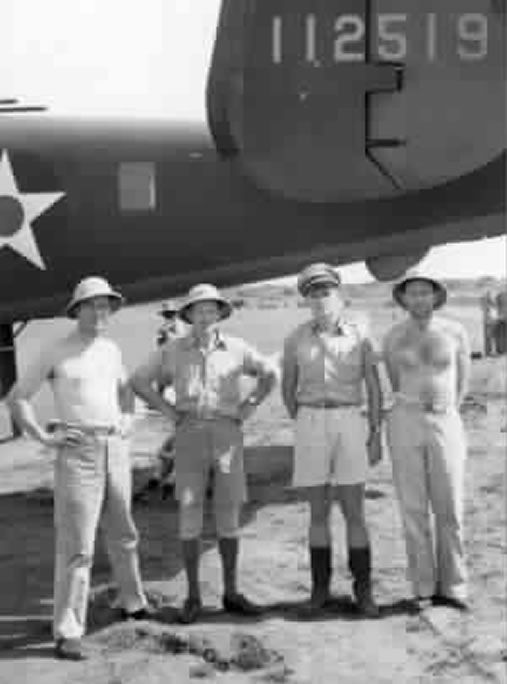Ken wrote:
As for the disposition of the airplane, Russia operated a large number of B-25s under Lend Lease. I don't have the numbers in front of me the know how many were/were not on hand by April 1942, but I suspect that, as it was wartime, the Russians were happy to have one more operable B-25 and, for the Russian crews who were intimately familiar with the Mitchell, recognized that this bird was unique due to its extra fuel capacity and subtle incompatibilities with exhaust and whatnot, as it was a B-model. Ken
Ken, the first 2 (of 5) B-25, model B planes for the USSR were delivered in Murmansk on December 20, 1941 in crates. The 5 B-25B were flown to Moscow first in March 1943. None of them was used as a warplane. All became training a/c. One of the B-25B even flew back to Fairbanks, Alaska in September 1942 with the Soviet colonel on board, who was CO of the unit bringing Lend-Lease planes over the Bering street.
The Northern route didn't become a popular way for Lend-Lease deliveries though. Only through the using of the Southern Route (with end point in Basra, Iran) it became possible to bring bigger numbers of B-25's to Russia. The first 72 B-25C were delivered mostly by Pan Am pilots over Africa, Syria and Iran during March 1942. Over the same route 118 a/c were flown to the USSR.

Only after the opening of the
ALSIB-route (
ALaska-
SIBeria) in the end of 1942, a real mass-delivery of war planes for the USSR became a reality. A total of
861 B-25's from different versions (only B-25H were not given to the Soviets) were delivered until the end of WWII.
So at the time of the Tokyo Raid the Russians were in no way
"intimately familiar with the Mitchell". Even the coast guard couldn't recognize the B-25 of York, taking it for a soviet plane (that's why it was escorted by the 2 I-15 later).
As for the cover of the ventral turret: the photo was taken on the next day. The plane was already in the hands of the Soviets and they apparently studied it very thoroughly. I'm not sure the crew had any time to do anything at all after the landing. By the way, based on the Soviet air-base report from that day, the crew saluted the Russians after the landing, shooting with the turret guns.
3 days later the single B-25 was moved to a different airbase and used mostly as a training a/c, not as a warplane. As of July 1, 1943 г. the a/c was in the inventory of the 52-nd Bomber Regiment in Nikolaevka. The last known flight of the plane was probably in the fall of 1949.
Cheers!





